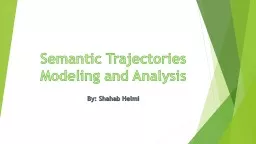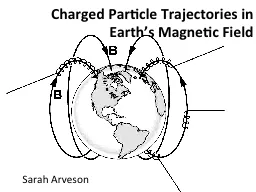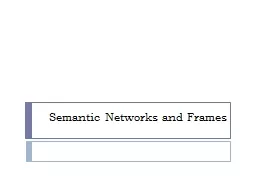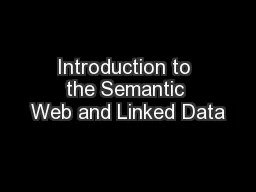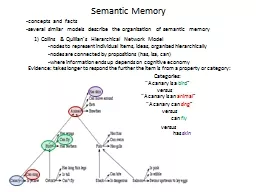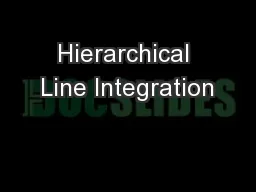PPT-Semantic Trajectories
Author : jane-oiler | Published Date : 2017-01-19
Modeling and Analysis By Shahab Helmi Outline Larger datasets are becoming available from GPS GSM RFID and other sensors Interest in movement has shifted from raw
Presentation Embed Code
Download Presentation
Download Presentation The PPT/PDF document "Semantic Trajectories" is the property of its rightful owner. Permission is granted to download and print the materials on this website for personal, non-commercial use only, and to display it on your personal computer provided you do not modify the materials and that you retain all copyright notices contained in the materials. By downloading content from our website, you accept the terms of this agreement.
Semantic Trajectories: Transcript
Download Rules Of Document
"Semantic Trajectories"The content belongs to its owner. You may download and print it for personal use, without modification, and keep all copyright notices. By downloading, you agree to these terms.
Related Documents

